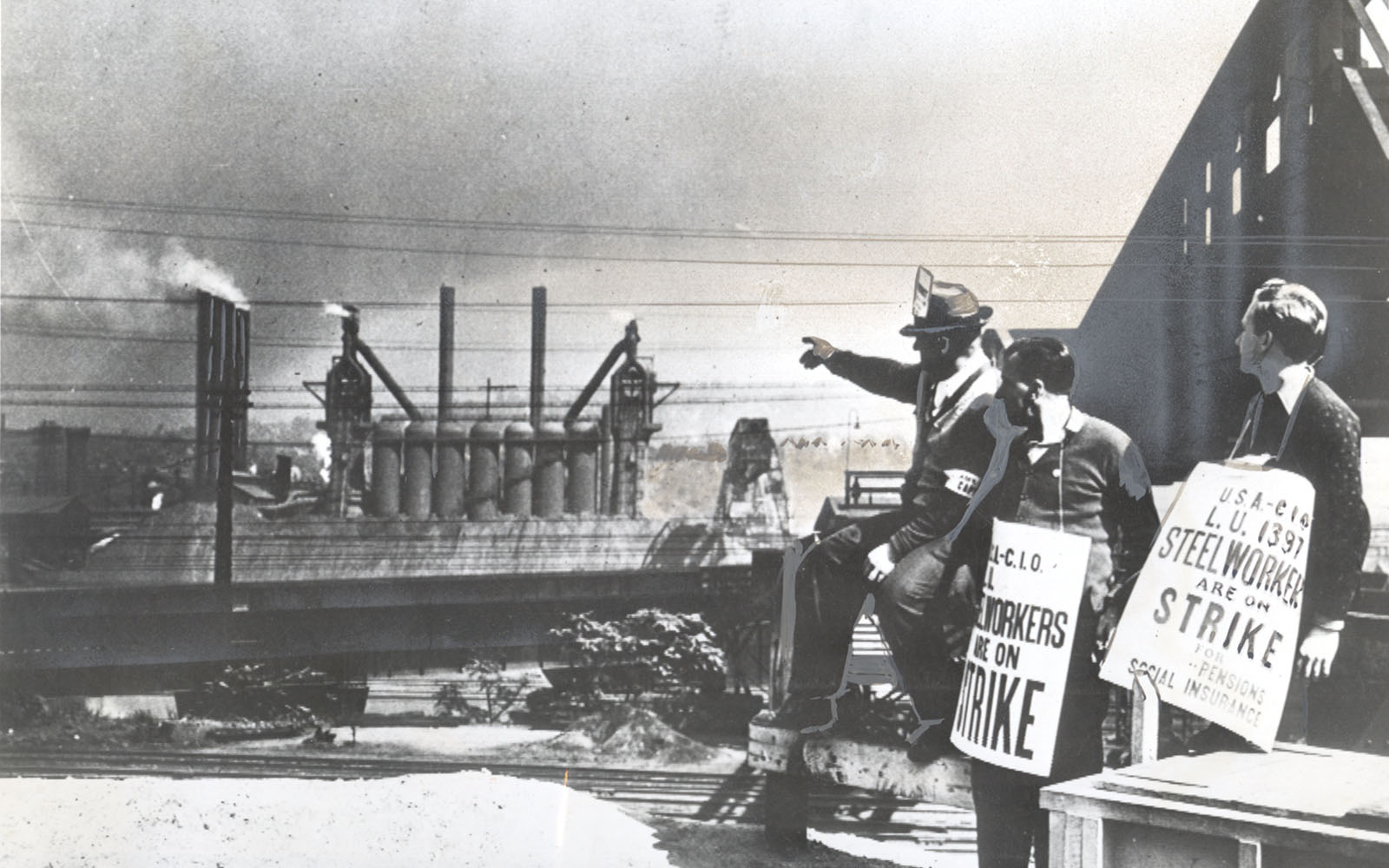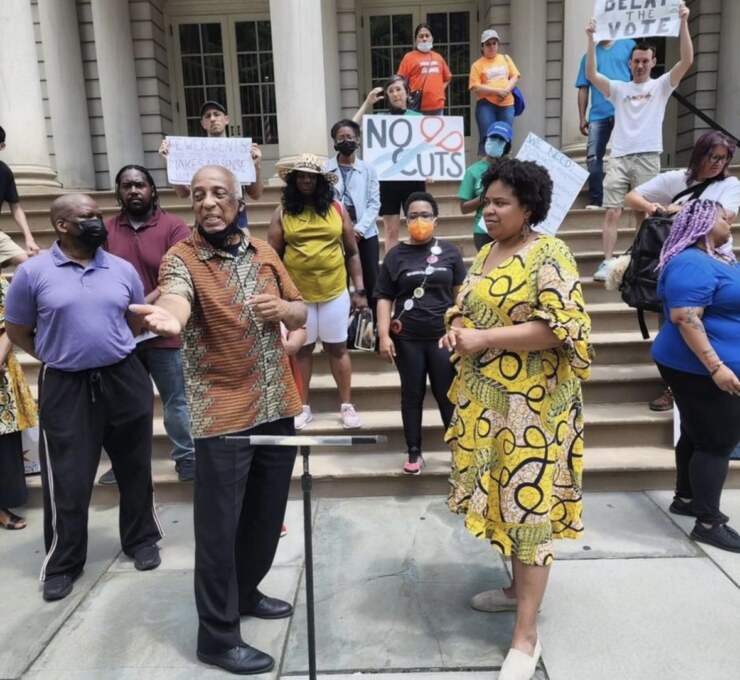May 1st holds a special place in the hearts of workers worldwide. Known as International Workers Day, this notable day was recently celebrated this month. In this post, we will honor the sacrifices and triumphs of labor movements throughout history. Mostly, I want to focus on the enduring legacy of workers’ rights movements in the past and present and the inspiration from these movements that can impact today.
Despite the progress that has been made in workers’ rights movements, challenges persist when it comes to organizing. There are anti-union and union-busting sentiments, corporate resistance, and political barriers. Building a multinational, multi-pronged solidarity among workers as is the mission and vision behind May Day, requires educating the public on the importance of labor rights, capitalism, and public policy. It is no small task.
The power of workers organizing cannot be overstated. When individuals come together to advocate for their rights, they amplify and leverage our collective power to affect meaningful change. The labor movement, through unions and collective bargaining, has helped us to secure better wages, benefits, and working conditions in multiple industries. This is an ongoing labor of love, a process through which we can eventually change society.
Despite all challenges, there have been some notable successes that deserve celebration. From the Fight for 15 movement that advocated for a living wage to the historic victories of teachers’ strikes to the recent Amazon union efforts, some victories serve as testaments to the power of workers’ organizing and the impact of collective action. Ultimately, all of this labor movement, past and present, can move us towards a more just and equitable society.

A Timeline of Worker’s Organizing Successes
1886 May Day traces its roots back to the late 19th century when labor activists fought tirelessly for fair wages, safe working conditions, and most notably, the making of an eight-hour workday. The Haymarket Affair of 1886 in Chicago, where these workers advocated for these rights and were brutally attacked for demonstrating, was a turning point for labor organizers. This event initiated our annual observance of May Day and has inspired generations of workers to stand in solidarity worldwide.
1935: Passage of the Wagner Act – The National Labor Relations Act, also known as the Wagner Act, was signed into law, guaranteeing workers the right to organize and collectively bargain with their employers.
1964: Civil Rights Act – The Civil Rights Act of 1964 prohibited discrimination on the basis of race, color, religion, sex, or national origin. This legislation not only advanced civil rights but also paved the way for workers to organize and fight against workplace discrimination and inequality.
1997: Justice for Janitors Campaign – The Justice for Janitors campaign, led by the Service Employees International Union (SEIU), successfully organized thousands of janitors across the United States to demand fair wages, benefits, and working conditions.
2018: West Virginia Teachers’ Strike – In a historic display of solidarity, teachers in West Virginia went on strike to demand better pay and improved funding for public schools.
2020: Amazon Workers’ Unionization Efforts – Workers at an Amazon warehouse in Alabama made headlines for their efforts to unionize and improve working conditions at the facility. While the unionization vote ultimately did not pass, the campaign brought attention to the challenges faced by workers in the gig economy and the need for stronger labor protections in the digital age.

These facts and more can be found in a variety of places, but here are some great key resources:
Britannica: May Day Observance
Labor History Timeline: 1607-1999
Teaching About Labor Right’s History
The enduring legacy of workers organizing efforts and the impact of collective action has advanced labor rights and improved workplace conditions. There are achievements worth celebrating and challenges that lie ahead. In reflecting on this past May Day and workers’ struggles generally, we are called to continue to unite and advocate for our rights, build upon the successes of past organizing efforts, and strive for change.
Join the RadLove movement and help us redefine what is possible.











